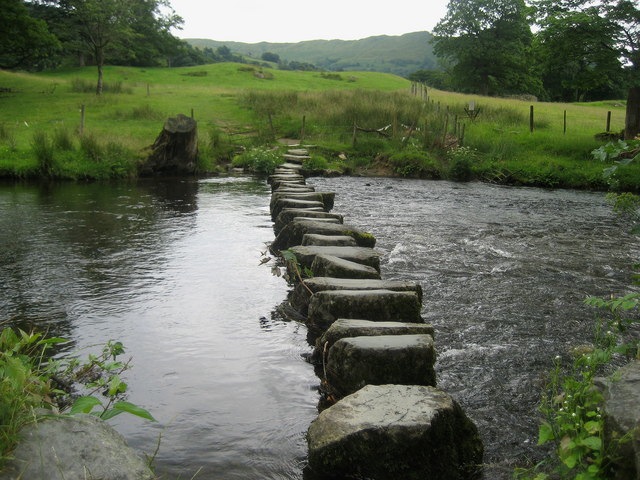Steppingstones as a Way to Examine Your Life

Ira Progoff, a student of Carl Jung, who developed an elaborate process of journaling for self-discovery, one that involved binders and dividers and multiple colors, used the term stepping stones to describe a way of looking back and examining one’s life. I’ve always found his term evocative. I see the stones on a path with spaces between them, the stones stretching back as well as forward.
Our lives are a river of moments. The stones are those key moments—often ones we remember vividly—often ones where something of significance turned, or shifted.
In his book, At a Journal Workshop, Progoff writes:
They may come as memories or visual images or inner sensations of various kinds. Especially they may state themselves in the form of similes or metaphors in addition to expressing the literal facts of past experience. Let your attitude be receptive enough that the continuity of your life as a whole can present itself to you both in symbolic forms and in literal factual statements.
He compares the creation of stepping stones to a running broad jump. “We go back,” he says, “into our past in order to be able to leap forward into our future.”
He recommends “placing” eight or ten steppingstones. No more than twelve.
Simply naming the stepping stones is a beginning—and later, if one chooses, one can come back to a single stone and explore it in more depth.
The book, At a Journal Workshop, can be found here.
More about Progoff’s workshop process can be found here.
Photo by Chris Heaton at Geograph: a footpath over the River Rothay in Cumbria, Great Britain
